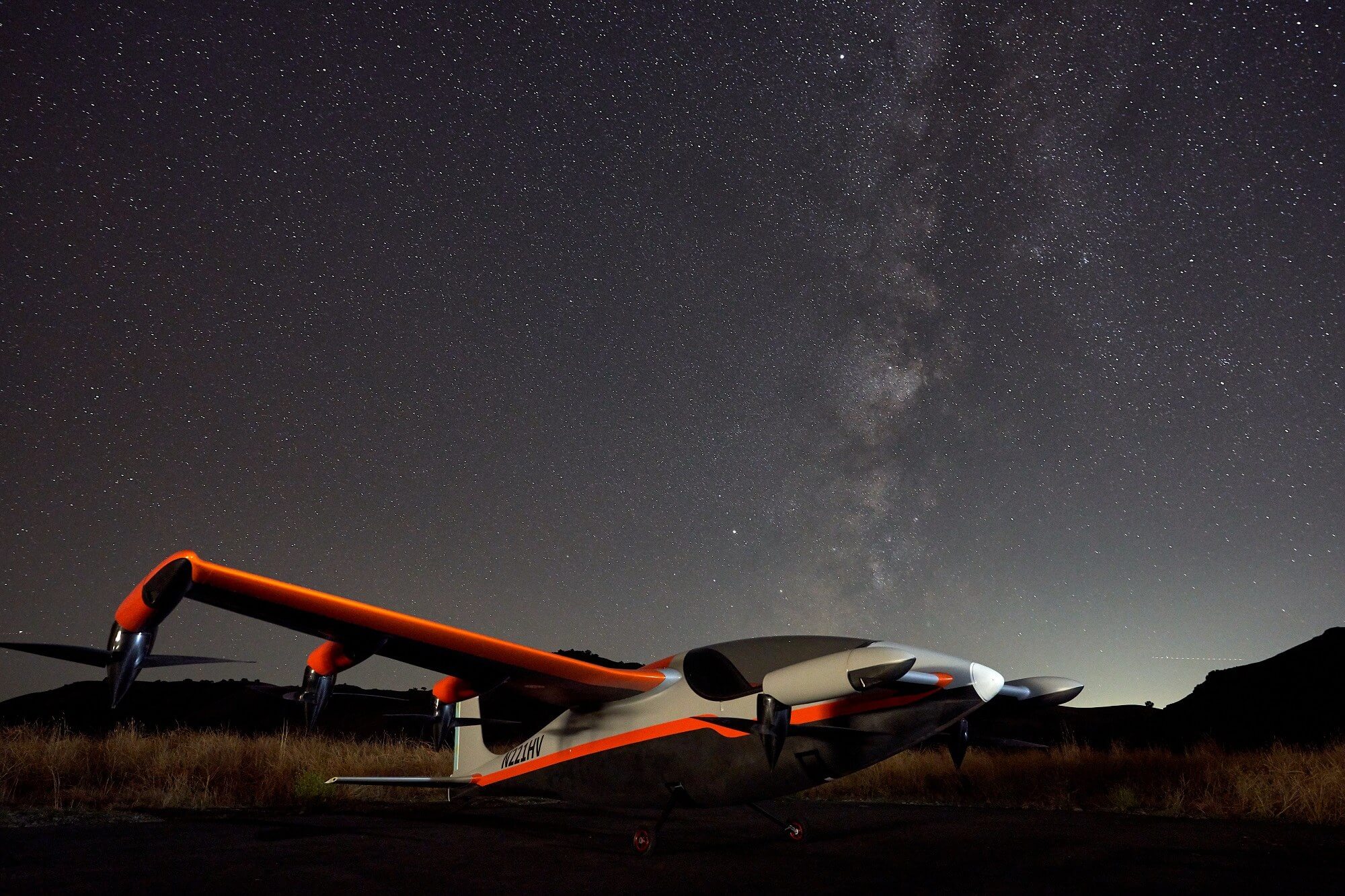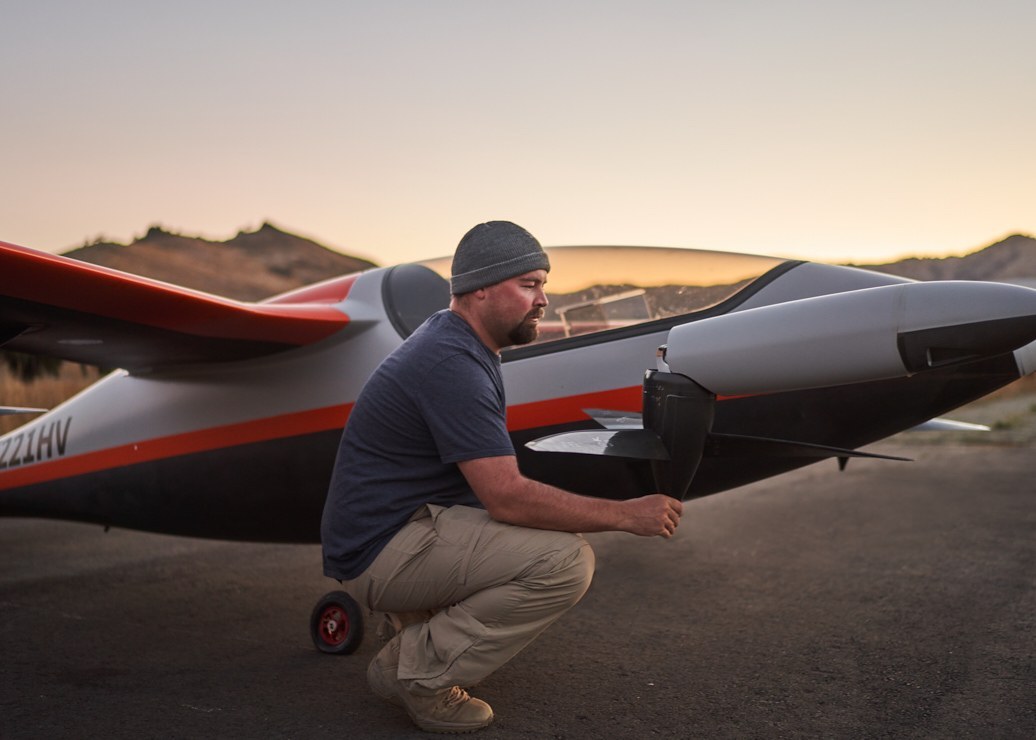What just happened? While we’re still a long way from Blade Runner-style skies filled with flying cars, there are a surprising number of companies invested in the industry. One of these is the Larry Page-backed Kitty Hawk, which has just revealed a secret project it’s been working on for two years: Project Heaviside.
Back in 2016, it was revealed that the Google co-founder had been secretly funding a pair of flying vehicle startups, one of which was Kitty Hawk. A year later, the company unveiled its hovercraft-like Flyer vehicle, which was closer to an expensive jet ski/drone hybrid than a flying car, but sales helped fund Cora, its two-person autonomous taxi that is being tested in New Zealand.

Now, company CEO Sebastian Thrun has revealed the Kitty Hawk's third vehicle. From a distance, Heaviside looks like a normal plane as it moves through the air, but its design allows it to perform vertical takeoffs and landings (VTOL), much like a helicopter, only 100 times quieter. When it’s in the air, noise from the plane is under 40 decibels. Thrun says that for comparison, an office with air conditioning might be about 50 decibels.
“The calculus here is that this has to be socially acceptable for people,” he says. “There’s a reason why helicopters are not: they’re for rich people and they’re noisy.”

The all-electric plane has a range of 100 miles and, as noted by TechCrunch, can travel from San Jose to San Francisco in 15 minutes. It can be flown autonomously or manually, though even in manual mode, most functions are performed by the computer rather than the pilot.
Heaviside still needs more refinement, including making the one-person cockpit, which is still just carbon fiber, more comfortable. It also needs regulatory approval from the Federal Aviation Administration, so it’ll be a while before members of the public start traveling in these vehicles.
https://www.techspot.com/news/82202-watch-kitty-hawk-reveals-heaviside-latest-flying-vehicle.html